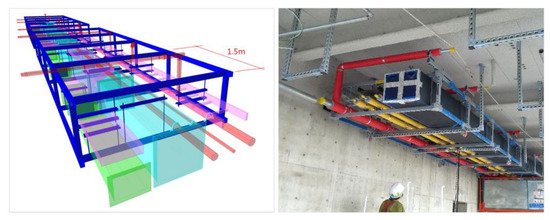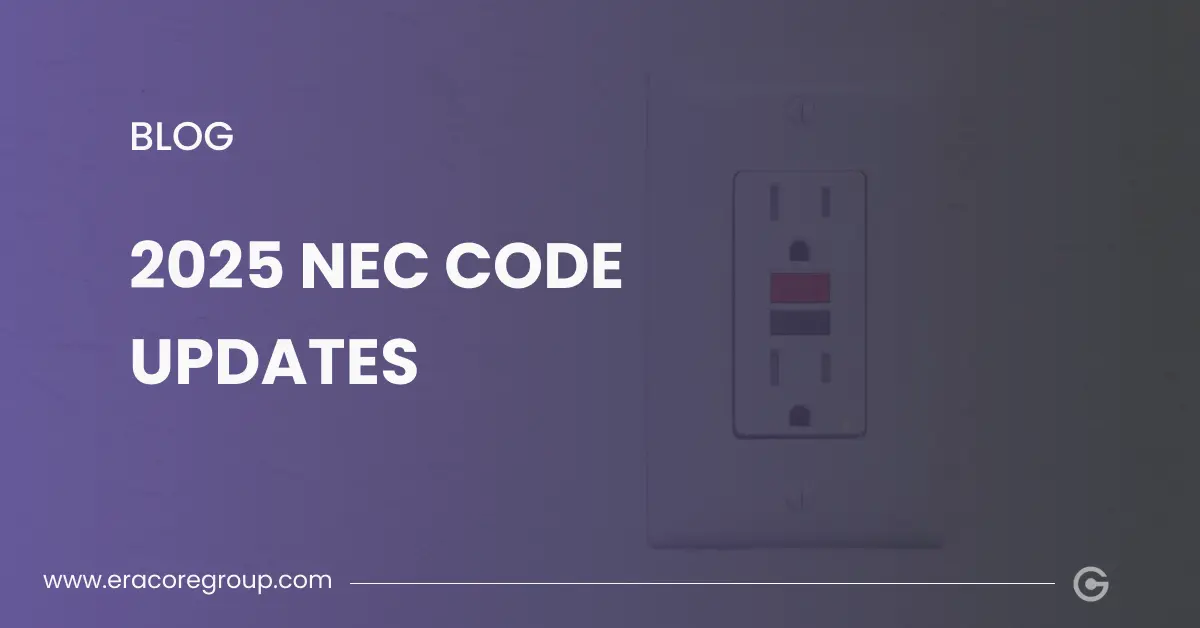In an era characterized by rapid technological advancements and increasingly stringent regulatory requirements, businesses across industries are facing immense pressure to maintain code compliance.
Compliance with codes and regulations is not just a legal obligation; it’s a critical factor that ensures safety, quality, and sustainability.
As rules become more complex, manual compliance processes are proving inadequate, giving rise to the need for Code Compliance Automation.
This process not only streamlines operations but also brings a raft of other benefits that enable businesses to thrive in a competitive environment.
In this article, we will explore six powerful advantages of Code Compliance Automation that can transform how businesses approach regulations.
Table of Contents
Enhanced Efficiency and Productivity
One of the most significant advantages of automating code compliance is the drastic improvement in efficiency and productivity. Traditional manual processes are labor-intensive, prone to human error, and time-consuming. Automation eliminates these pitfalls by systematically applying compliance rules and standards through advanced software solutions.
Automation tools can continuously monitor systems, identify compliance breaches, and provide real-time alerts, allowing for rapid response to potential issues. These tools significantly reduce the burden on staff, freeing up valuable human resources to focus on more strategic initiatives. The result is a streamlined process that ensures consistent adherence to regulations without compromising on quality or productivity.
Cost Reduction
Code compliance can be costly, especially when managed manually. The expenses associated with training, dedicated compliance officers, and the labor hours required to conduct inspections and audits can quickly add up. Automation reduces these costs by minimizing human intervention and leveraging software that can perform repetitive tasks and analyses with minimal oversight.
Additionally, automation can help avoid costly penalties associated with non-compliance and reduce the risk of operational disruptions due to failed audits. By investing in automation, businesses can attain long-term savings while scaling their operations efficiently to meet compliance requirements.
Improved Accuracy and Consistency
Human error is an inherent risk in any manual compliance process, leading to inconsistencies and potential breaches in compliance. Code Compliance Automation leverages precision-driven algorithms to deliver accurate and consistent results. Automated systems adhere strictly to the specified regulations, ensuring every process, transaction, or action meets the required standards consistently. This level of precision reduces ambiguity and provides a robust audit trail that is essential for both internal reviews and external inspections.
Businesses gain peace of mind knowing that their operations are in line with industry regulations, which bolsters legal protection and enhances organizational credibility.
Enhanced Risk Management
Risk management is a critical component of effective compliance. As organizations expand, so do the variables and uncertainties they must manage. Code Compliance Automation provides an unparalleled ability to identify, assess, and mitigate risks in real-time. Automated systems are equipped with sophisticated analytics tools that not only monitor compliance but also predict and model risk scenarios.
With automated risk assessment, organizations can proactively tackle issues before they escalate into significant problems. This capability allows companies to adapt quickly to regulatory changes, market shifts, and internal organizational changes, ensuring they remain compliant while safeguarding their assets and reputation.
Greater Transparency and Reporting
Incorporating automation into compliance processes also results in greater transparency and more robust reporting capabilities. Automated systems meticulously log every action, decision, and outcome, creating a transparent and easily accessible record of compliance efforts. This clarity in reporting is crucial for demonstrating compliance with regulatory bodies, stakeholders, and auditors.
Moreover, automation tools can generate reports with insightful analytics that can be used to drive strategic decisions and continuous improvement initiatives. The ability to track and report compliance data comprehensively not only facilitates regulatory inspections but also empowers management to make informed decisions based on accurate, real-time information.
Scalability and Flexibility
As businesses grow and evolve, compliance requirements become more complex, necessitating adaptable solutions. Code Compliance Automation is inherently scalable and flexible, capable of adjusting to an organization’s size, complexity, and regulatory environment.
Automated systems can easily incorporate changes in regulations, allowing businesses to adapt quickly without the need for extensive rework or retraining. This adaptability ensures that organizations can maintain compliance as they scale operations, enter new markets, or diversify their product offerings. The scalability of automated solutions underscores their long-term viability, making them a critical component of any modern compliance strategy.
Conclusion
The adoption of Code Compliance Automation is no longer a futuristic consideration but a strategic imperative for businesses that aim to remain competitive and compliant in today’s dynamic landscape.
Automation significantly enhances efficiency, reduces costs, improves accuracy, and provides a solid framework for robust risk management. Its ability to offer greater transparency and scalability ensures that businesses can adapt to regulatory changes swiftly and confidently.
Incorporating automation into compliance processes is not just about keeping up with technology; it’s about leveraging it to build resilient, future-ready organizations. As industries continue to innovate, the need for adaptive, integrated solutions will only grow, making automation a cornerstone of effective compliance and risk management strategies.
Businesses that harness the power of Code Compliance Automation today will undoubtedly be the frontrunners of tomorrow, equipped to navigate the complexities of a rapidly evolving regulatory landscape with agility and precision.
Our dedicated team of BIM experts creates sustainable, energy-efficient and code-compliant building designs and would love you to join this journey.






